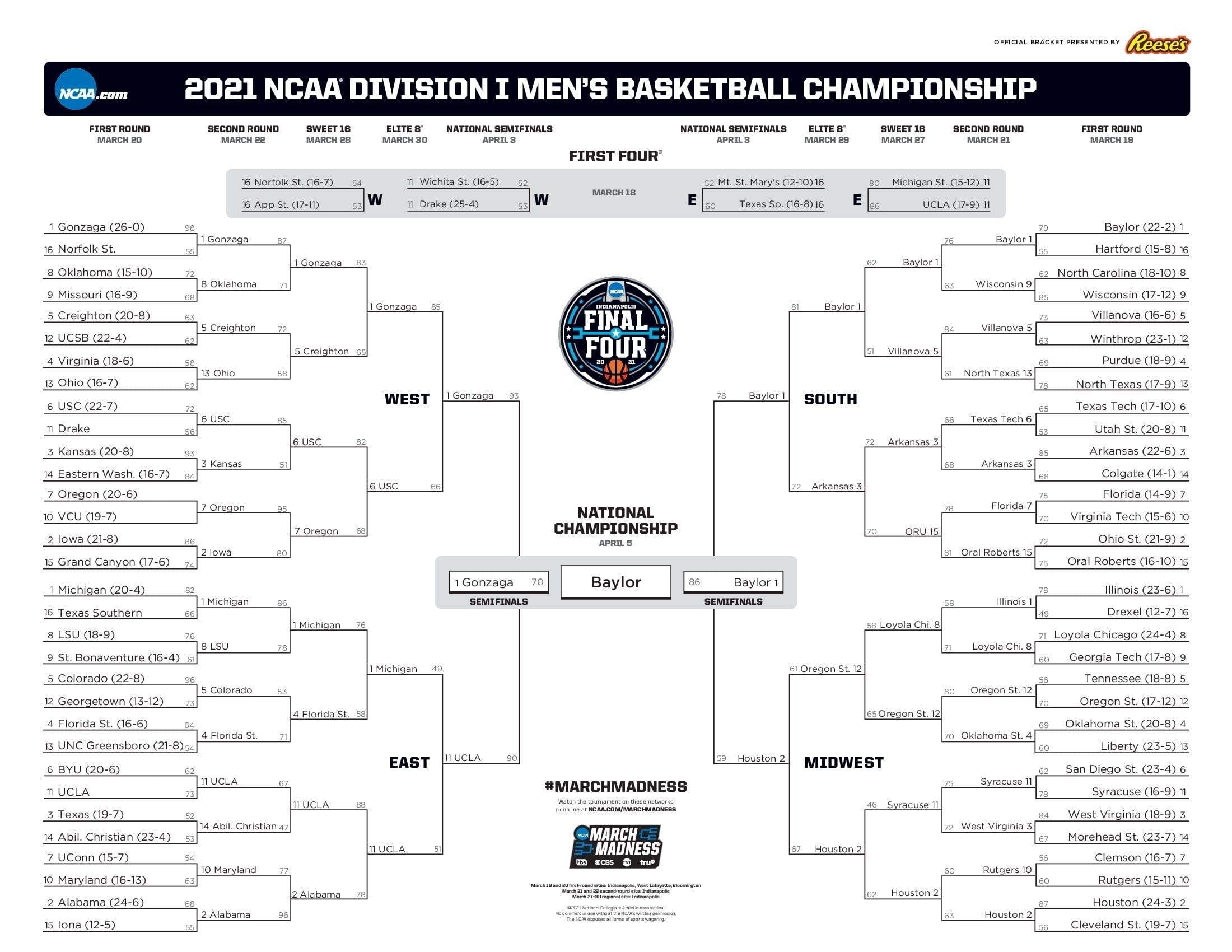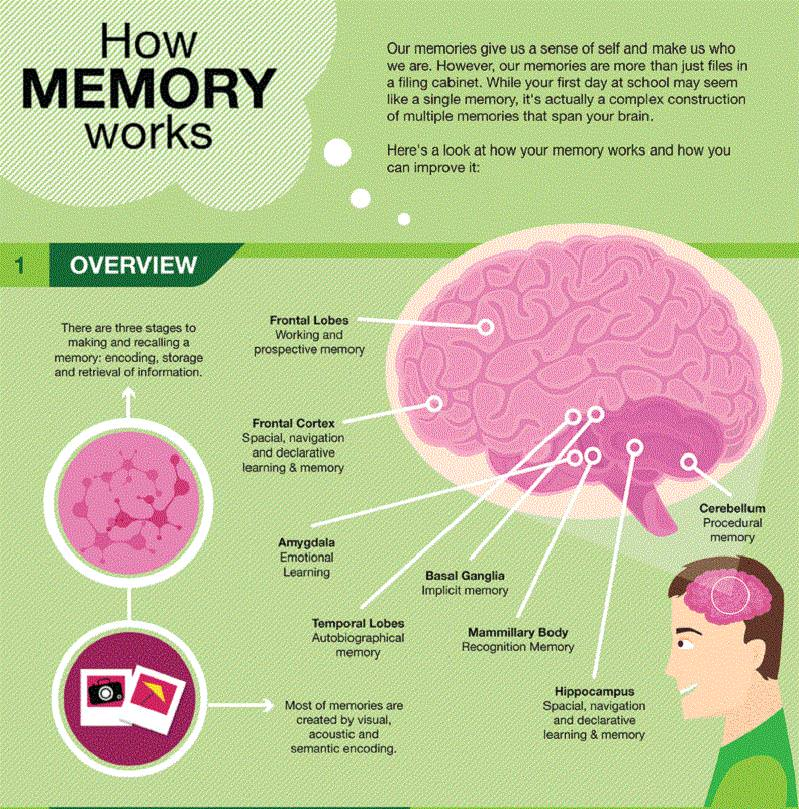The NCAA bracket captivates millions every March during the exhilarating NCAA March Madness tournament, where fans eagerly attempt to predict the outcomes of 64 games across multiple rounds. The quest for a perfect NCAA bracket presents a statistical challenge that many enthusiasts hope to conquer, yet the odds of achieving this rare feat are astronomically slim. Experts suggest that the likelihood of filling out a flawless NCAA bracket is akin to winning the lottery multiple times, making it a near-impossible goal for the average fan. With each upset and surprise, NCAA bracket predictions must adapt, as underdogs often defy expectations. Understanding how to fill out an NCAA bracket can enhance the experience, turning a mere guessing game into a strategic endeavor that keeps fans on the edge of their seats throughout the tournament.
Every year, basketball aficionados immerse themselves in the thrill of the NCAA tournament, often seeking the ultimate prize: a flawless tournament prediction chart, commonly known as a bracket. As the college teams battle it out, the excitement of March Madness leaves fans pondering the best strategies for crafting their own winning selections. By exploring the nuances of bracketology—from the critical analysis of team performances to the inevitable surprises that a tournament can bring—sports lovers engage in a challenging yet exhilarating competition. Those hoping to perfect their game face the daunting reality of predicting outcomes where metrics can sometimes lead astray. Navigating this annual ritual not only tests one’s basketball knowledge but also emphasizes the joy of camaraderie found in friendly betting pools.
Understanding the Odds of a Perfect NCAA Bracket
The odds of filling out a perfect NCAA bracket are astronomically low, mathematically quantified to be 1 in 9.2 quintillion. This staggering figure represents the challenge every fan faces during March Madness when selecting outcomes for 64 college basketball games. It’s essential to recognize that while the excitement of the tournament draws millions to participate in bracket challenges, the reality of achieving a flawless selection is beyond improbable. Even the most seasoned analysts struggle with the intricacies of game dynamics, such as the strength of different teams, historical performance, and unexpected upsets, which play a significant role in the tournament’s unpredictability.
When discussing NCAA bracket predictions, it’s crucial to consider factors such as team rankings, player injuries, and seasonal performance trends. Historical data shows that higher-seeded teams tend to perform better, especially in the early rounds where upsets are fewer and less common. Thus, while many fans may dream of completing the perfect NCAA bracket, the reality compels a focus on educated guesses rather than sheer luck. Making informed choices not only improves one’s chances of winning office pools but also enhances the overall enjoyment of NCAA March Madness.
Strategies for Filling Out Your NCAA Bracket
Filling out your NCAA bracket can seem daunting, but there are several strategies that can improve your chances of success. Start by researching team stats, player health, and previous tournament performances, which are all key components when predicting outcomes. One effective strategy is to understand the dynamics of the tournament; since many fans tend to choose favorites, picking some underdogs or lower-seeded teams can differentiate your bracket from others in a pool. Analyzing data-driven insights allows you to gauge how likely certain teams are to upset their higher-seeded opponents.
Incorporating methodical approaches can amplify your success rate when it comes to NCAA bracket predictions. Many participants fall into the trap of emotional bias, where personal favorites or hometown teams influence their selections without substantive evidence. Instead, base your choices on logic and statistical backing, which often leads to more favorable results. Participating in bracket pools can also include factors like analyzing participant trends; if you notice everyone favoring a single team, diverging from that choice could strategically place you ahead if an upset occurs.
The Role of Upsets in March Madness
March Madness is synonymous with upsets, moments that can transform the landscape of NCAA bracket predictions. Historically, lower-seeded teams have pulled off shocking wins, and these surprises are a defining factor of the tournament’s excitement. While the perfect NCAA bracket is elusive, selecting potential upset candidates within your predictions can significantly enhance your standing in office pools. Understanding the potential for upsets and the reasons behind them, such as team momentum or matchup advantages, is critical when examining how to fill out your NCAA bracket successfully.
To manage the unpredictable nature of March Madness, it’s wise to analyze patterns from past tournaments. Reviewing how often certain seeds defeat higher seeds can provide insight when trying to forecast potential surprises. Often, a well-timed upset can catapult a bracket from obscurity to the forefront of a pool, differentiating better-informed selections from those based purely on rankings. This interplay between prediction and reality illustrates the thrill of March Madness and emphasizes the need for strategic thinking in the quest for the ideal NCAA bracket.
Key Elements in Creating Your NCAA Bracket
Creating your NCAA bracket requires an understanding of several key elements that can sway your predictions. Initially, assessing the seeding of teams is paramount; higher seeds usually reflect stronger teams that have consistently performed well throughout the season. However, one must also consider team dynamics: injuries, player experience, and even travel impact can shift a team’s potential. As you engage in your NCAA bracket predictions, diversifying your selections between favorites and potential Cinderella stories can bolster your chances of crafting a competitive bracket.
In addition to analyzing statistics, it’s essential to consider the psychological component of tournament play. Teams that thrive under pressure often perform better during crucial moments in March Madness. When filling out your bracket, think about the mental resilience of teams — which squads have the endurance and focus needed during high-stakes situations. By combining quantitative analysis with qualitative assessments, you create a more well-rounded bracket that acknowledges both the cold numbers and the unpredictable nature of college basketball.
Utilizing Data for Better Predictions
Data analytics has become an increasingly powerful tool for fans looking to make informed NCAA bracket predictions. With advanced statistics readily available, users can analyze offensive and defensive metrics, player efficiency ratings, and a team’s performance against different styles of play. This analytical approach allows participants to shift away from solely relying on seed numbers and directly assess the strengths and weaknesses of each team in relation to their opponents. By making data-driven decisions, you can substantially improve your odds compared to those who fill out their brackets based solely on instinct.
Moreover, incorporating recent analytics can reveal trends that impact team performance leading into the tournament. For instance, assessing how teams’ve performed in their last few games or against specific opponents could illuminate patterns that traditional rankings could obscure. When exploring how to fill out your NCAA bracket, these insights equip fans with the knowledge necessary to make calculated risks, encouraging strategic picks that could differentiate a bracket from the competition. In March Madness, where every game can be the difference between winning or losing, utilizing data effectively can be a game-changer.
The Importance of Matchup Analysis
Matchup analysis is a critical component when evaluating your NCAA bracket selections. It goes beyond just seed rankings; how teams stack up against each other statistically can provide crucial insights that are often overlooked. For example, consider factors like play styles, key injuries, and historical performance against specific types of competition. Understanding these matchups not only helps players predict game outcomes more accurately but also assists in identifying potential upset opportunities that can make or break your bracket.
Additionally, examining head-to-head performances between the teams competing can also enlighten your NCAA bracket predictions. Teams that have historically performed well against certain types of opponents often exhibit patterns that can be extended into current tournament play. As part of your strategy on how to fill out an NCAA bracket, spending time scrutinizing these matchups can refine your predictions and bolster them against competitors who may rely on a more general approach without delving into specific analyses.
Psychological Factors Affecting Bracket Picks
The psychological aspect of filling out your NCAA bracket cannot be ignored. Many fans fall prey to cognitive biases, such as overconfidence or emotional attachment, which can lead to poor decision-making. Understanding these psychological hurdles is key to navigating your predictions effectively. For example, some might over-value their favorite teams based on loyalty rather than performance, ultimately hindering their chances of crafting a successful bracket. Recognizing these inclinations allows you to mitigate their impact and focus on making strategic picks.
Moreover, awareness of the group dynamics within bracket pools can influence selections. Participants may feel pressured to align with popular opinions, which often leads unprepared participants to chase after the same predictions as everyone else. However, to tilt the odds in your favor, it’s essential to balance both conventional wisdom and personal research. Being aware of general sentiment while grounding your picks in facts can propel your NCAA bracket to stand out, particularly in larger pools where many entries often converge on similar choices.
Leveraging Expert Insights for NCAA Predictions
Utilizing expert insights can significantly enhance your ability to make informed predictions in the NCAA tournament. Analysts and commentators often provide in-depth analyses that can open a new perspective on team performance, coaching strategies, and even player dynamics. By keeping abreast of expert opinions and incorporating their insights into your bracket, you can bolster your foundations and potentially identify hidden gems within the bracket that others may overlook.
In addition to expert commentary, engaging with statistical models and simulations available online offers a deeper layer of analysis for your NCAA bracket predictions. Numerous platforms provide simulations that predict outcomes based on numerous game scenarios. This quantitative analysis can yield probabilities and insights that traditional methods may miss, enabling more refined decisions. Combining both qualitative expert feedback and quantitative data can dramatically improve your strategy for filling out an NCAA bracket.
Final Thoughts: Crafting a Winning NCAA Bracket
Entering the NCAA bracket fray requires both strategy and a touch of risk-taking. With the unpredictability of March Madness and the slim odds of achieving a perfect NCAA bracket, it’s essential to embrace both methodical planning and an openness to surprises. By following proven strategies, staying informed on team dynamics, and engaging with expert insights, you enhance your ability to navigate this chaotic series of games effectively. Recognizing where to place your ‘favorites’ while allowing room for unexpected outcomes is crucial for a competitive edge.
Ultimately, while the dream of a perfect bracket is tantalizing, the reality lies in crafting a well-thought-out set of predictions to enjoy the thrill of March Madness. Remember to celebrate the excitement of the games themselves; each upset and triumphant moment weaves into the fabric of NCAA history, making the journey just as rewarding as the destination. So, as you gear up to fill out your NCAA bracket, focus on both strategies that can lead to success and the enjoyment that comes from participating in this cherished sporting event.
Frequently Asked Questions
What are the odds of filling out a perfect NCAA bracket?
The odds of filling out a perfect NCAA bracket are astronomically low, estimated at 1 in 2 to the power of 63, which is in the quintillions. This means that achieving a perfect NCAA bracket, predicting every game correctly, is highly unlikely and may never happen in anyone’s lifetime.
How can I improve my NCAA bracket predictions?
To improve your NCAA bracket predictions, consider analyzing team statistics, historical performance, and expert analysis. Additionally, keep an eye on potential upsets and rely on well-researched data instead of random guesses to make informed decisions.
What strategies should I use when filling out my NCAA bracket?
When filling out your NCAA bracket, start by selecting a few top-seeded teams as favorites, but also include some potential upsets. Understanding matchups and team strengths can guide your decisions, helping you differentiate yourself in office pools while maximizing your chances of success.
Are there any tips for filling out my first NCAA March Madness bracket?
For your first NCAA March Madness bracket, begin by researching teams’ current forms, key player statistics, and head-to-head matchups. Consider using a balanced approach that includes both favorites and strategic upset picks for a competitive advantage.
What factors should I consider for NCAA bracket success?
Successful NCAA bracket outcomes depend on a mix of factors including team performance, injuries, and the likelihood of upsets. Staying updated on these elements can significantly enhance your bracket strategy and increase your chances of winning.
Is it worth joining an NCAA bracket pool?
Joining an NCAA bracket pool can be a fun and engaging way to enjoy March Madness, especially if there’s a competitive spirit among participants. It’s an opportunity to test your knowledge and prediction skills, making the tournament even more exciting.
What are common mistakes people make in NCAA bracket predictions?
Common mistakes in NCAA bracket predictions include overvaluing favorites, ignoring team matchups, and not considering potential upsets. It’s important to strike a balance between sticking with high seeds and being brave enough to pick surprising results.
Can technology help me predict my NCAA bracket?
Yes, technology can enhance your NCAA bracket predictions through data analysis and predictive modeling. Many websites and apps offer statistical insights, simulations, and even machine learning algorithms to help you make more informed choices.
What should I know about the history of NCAA bracket successes?
Historically, no one has filled out a perfect NCAA bracket as of now, highlighting the unpredictable nature of the tournament. Most successful brackets are built on a mix of well-thought-out strategies and calculated risks in selecting match results.
How do I stay updated on NCAA bracket news and tips?
To stay informed about NCAA bracket news and tips, follow sports news websites, podcasts, and analytical blogs that specialize in basketball analysis. Engaging with expert opinions and statistics can provide insights that enhance your bracket-filling strategy.
| Key Point | Explanation |
|---|---|
| Odds of a Perfect NCAA Bracket | Statistically, the odds of picking a perfect bracket (64 games) is 1 in 2^63, an astronomical figure. |
| Historical Context | No one has ever reported achieving a perfect bracket. |
| Top Seeds Performance | Top-seeded teams rarely lose, especially in the first round, which affects bracket predictions. |
| Challenges of Predicting Outcomes | While picking favorites is key, upsets are crucial for standing out in large pools. |
| Strategy for Office Pools | To win, you must balance picking favorites while also selecting upsets intelligently. |
Summary
The NCAA bracket presents an exciting challenge for fans and participants alike. The odds of completing a perfect NCAA bracket are astronomically low, akin to winning the lottery twice in a row. This statistical improbability has led many to question the effectiveness of their predictions. While picking favorites is essential, recognizing potential upsets is equally important, especially in competitive office pools. Hence, understanding strategy and utilizing available information can enhance your chances, making the NCAA bracket experience all the more thrilling.



